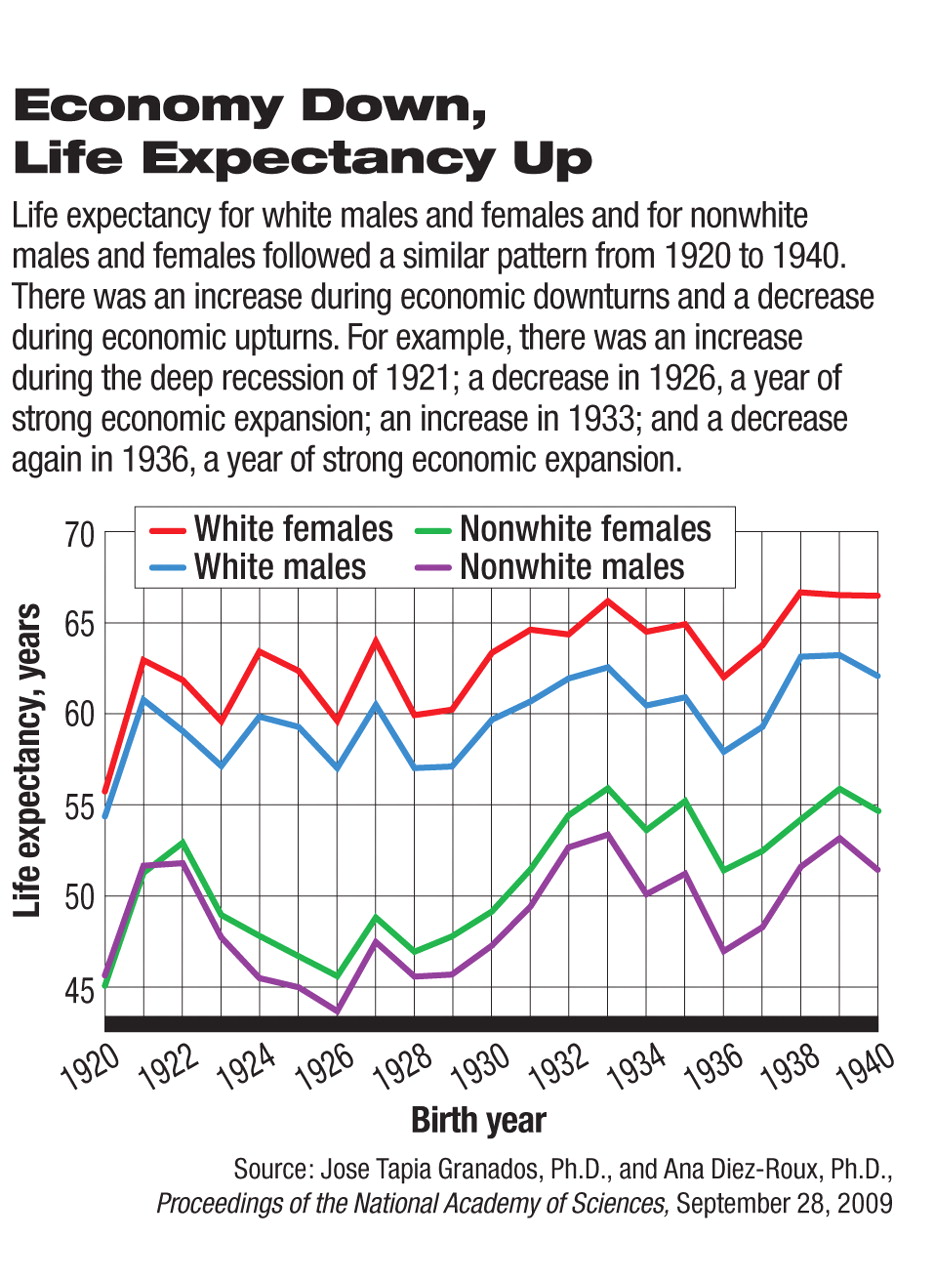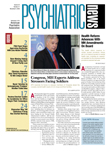The Great Depression is generally considered a dark period in American history, when millions of Americans lost their jobs, homes, and all of their worldly possessions and when a few despairing Wall Street investors leapt from buildings to their deaths.
Indeed, a new analysis of economic and mortality data from that period has shown that suicides did increase during the Great Depression. But otherwise, the analysis has demonstrated, mortality rates dropped during those years.
These findings were reported online September 28 in the Proceedings of the National Academy of Sciences by José Tapia Granados, Ph.D., and Ana Diez-Roux, Ph.D. Tapia is an economist and assistant research scientist at the University of Michigan's Institute for Social Research. Diez-Roux is a professor of epidemiology at the University of Michigan's School of Public Health.
Tapia and Diez-Roux analyzed mortality and economic data from 1920 to 1940 to see whether they could find any correlations between mortality rates and economic downturns and upswings during these years. They could, they found.
From 1930 to 1933, mortality rates decreased for almost all age groups compared with those from 1920 to 1929, and there was an overall gain of six years in life expectancy for the general American population. Nonwhite Americans profited the most, with a gain of eight years in life expectancy.
The only exception to this general pattern was suicide mortality rates, which increased from 1930 to 1933, compared with suicide mortality rates from 1920 to 1929. However, suicides accounted for less than 2 percent of all deaths during 1930 to 1933.
Moreover, for most age groups overall mortality tended to peak—over and above its long-term trend—during years of strong economic expansion (such as 1923, 1926, 1929, and 1936-1937). In contrast, the deep recession of 1921, the Great Depression of 1930 to 1933, and the deep recession of 1938 coincided with generalized declines in mortality rates and peaks in life expectancy.
But how to explain these counterintuitive results?
Since this is a study of association, not of cause, it's possible that economic conditions influenced mortality, or that mortality influenced economic conditions, or that the link between economic conditions and mortality could be explained by other factors. Tapia and Diez-Roux suspect that economic conditions influenced mortality. And if that is the case, they reasoned, then the Great Depression, as well as recessions between 1920 and 1940, benefited people's physical health.
Yet if their hypothesis is correct, why would people's physical health profit from economic depressions or recessions?
Economic expansions have been linked to increases in smoking and alcohol consumption, reductions in sleep, increases in work stress, increases in atmospheric pollution, and increases in traffic accidents—all of which have been linked to adverse health outcomes and death. So economic depressions or recessions might help shield people from such factors and thereby reduce their death rates.
Since suicides rose during the Great Depression, it is also plausible that people's mental health suffers from economic depressions or recessions, the researchers concluded.
And if these hypotheses are correct, they may have implications for the current severe economic downturn. “My expectation is that the physical health of Americans during the current ‘Great Recession’ is probably improving, with general mortality falling, though mental distress can be worsening and suicides increasing,” Tapia told Psychiatric News. “This makes suicide prevention particularly important at present.”
The study was partially funded by the Robert Wood Johnson Health and Society Scholars Program.

